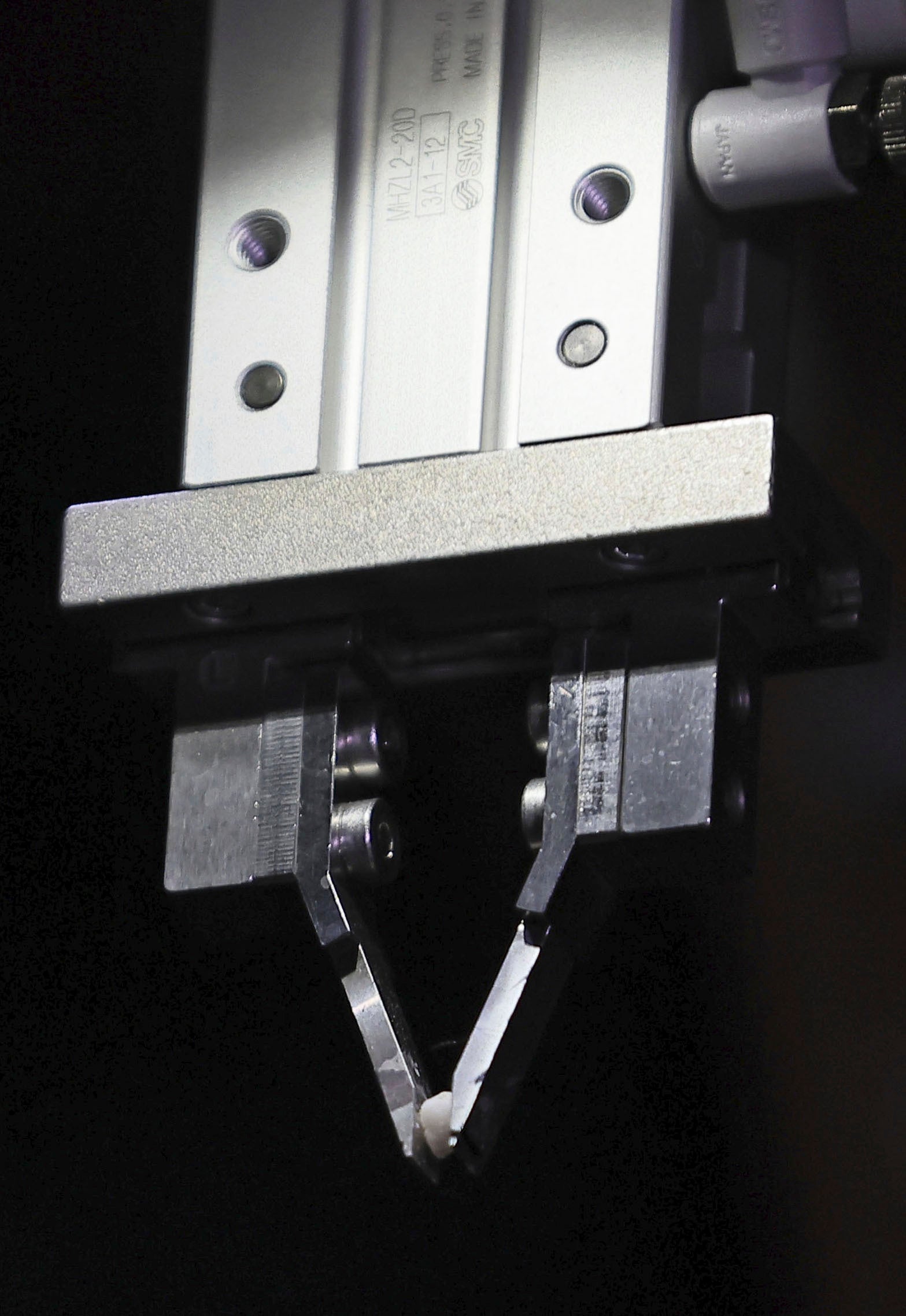Your support helps us to tell the story
From reproductive rights to climate change to Big Tech, The Independent is on the ground when the story is developing. Whether it’s investigating the financials of Elon Musk’s pro-Trump PAC or producing our latest documentary, ‘The A Word’, which shines a light on the American women fighting for reproductive rights, we know how important it is to parse out the facts from the messaging.
At such a critical moment in US history, we need reporters on the ground. Your donation allows us to keep sending journalists to speak to both sides of the story.
The Independent is trusted by Americans across the entire political spectrum. And unlike many other quality news outlets, we choose not to lock Americans out of our reporting and analysis with paywalls. We believe quality journalism should be available to everyone, paid for by those who can afford it.
Your support makes all the difference.
A robot has, for the first time since the 2011 meltdown, retrieved a piece of radioactive fuel from the tsunami-ravaged Fukushima Daiichi nuclear power plant.
The remote-controlled robot, named Telesco, used its fishing-rod-like arm to clip gravel up to 5mm (0.2 inches) in size — about as large as a tiny granola bit — from the surface of a mound of molten fuel debris at the bottom of the No 2 reactor’s primary containment vessel.
It returned to an enclosed container for safe storage with the melted fuel bit held in its front tongs. Workers in hazmat suits removed it from the containment vessel earlier on Saturday, the Tokyo Electric Power Company Holdings said.
This marks the first time a sample of melted fuel has been retrieved from the reactor, marking a crucial step in the decades-long decommissioning process.
However, the mission will only be complete once it’s confirmed that the sample’s radioactivity is below the specified limit and safely secured in a container.
If the radioactivity surpasses the threshold, the robot will need to re-enter the reactor to retrieve a different sample. TEPCO officials anticipate that the current sample is small enough to meet the requirement.

An estimated 880 tons of fatally radioactive molten fuel remain in the reactors, and TEPCO has carried out a number of robotic probes to determine how to manage the plant.
On 11 March 2011, a 9.0 magnitude earthquake followed by a tsunami ravaged parts of Japan’s northern coast, leaving about 20,000 people dead. When the tsunami struck, three of the six reactors at the Fukushima plant were active, causing them to melt down.
Meanwhile, TEPCO confirmed that Telesco entered the reactor on Wednesday and returned with a piece weighing less than 3 grams from underneath the Unit 2 reactor core, where large amounts of melted fuel fell during the meltdown 13 years ago.
Plant chief Akira Ono said that only this tiny spec can provide key data to help plan the decommissioning strategy, develop the necessary technology and robots, and retroactively understand how the accident developed.
The government and TEPCO have set a target of 30 to 40 years for the cleanup, but experts say this is overly optimistic and should be reassessed.

